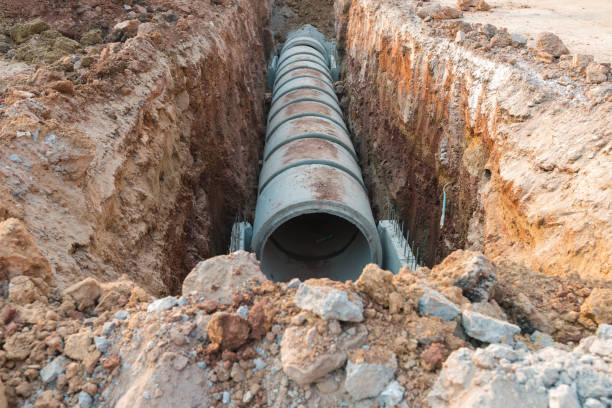ORTHOPHOSPHATE

Orthophosphate is added to municipal water supplies to prevent leaching of harmful materials from concrete water lines. Safe Home offers a couple of kits that provide drinking water testing for orthophosphate in city water or well water supplies.
Parameter Type: Drinking Water Testing for Volatiles
Parameter Name: Orthophosphate
What it is and Where it Comes From:
Orthophosphates are formed from the element phosphorous. Phosphates exist in three forms: orthophosphate, metaphosphate, organically bound phosphates. Orthophosphate is a food-grade additive that will begin adding out in treatment plants to help reduce lead levels in water. When water with orthophosphate runs through the system, it creates a coating on the inside of lead service lines, creating a mineral crust barrier between the lead pipes and the water to prevent lead corrosion. This is called “corrosion control”. PWSA currently uses soda ash and lime for corrosion control but has found that orthophosphate will work even better. In this way, cities experiencing lead pollution in their drinking water supply can see its concentration drop by an astounding 90%. The Environmental Protection Agency (EPA) recognizes orthophosphate as an effective additive in water in reducing lead levels. Orthophosphates are produced naturally and can be found in partially treated or untreated sewage. They can also be found in home lawn fertilizers. In addition to sewage, orthophosphates can be found in unpolluted water but at extremely low concentrations. When there is heavy rain or storms, orthophosphates get carried in to surface water and groundwater systems. Is it safe in my drinking water? There is not an MCL for orthophosphate, however preforming drinking water testing for inorganics can identify the levels in your water supply. Safe Home drinking water testing can be used for city and well water supplies. Safe Home offers Laboratory drinking water testing kits for orthophosphate, allowing you to collect your water sample and ship it directly to our EPA-Certified Laboratory. This platform of drinking water testing for orthophosphate will give you an accurate level based on the lowest level of a parameter our instruments can detect (Method Detection Level). Drinking water testing should be done any time you notice a significant change in your water quality.
Health Effects:
Health effects of water treated with orthophosphate are not known. According to the FDA, phosphates are characterized as a food additive and “generally recognized as safe.” But given the fact that other government regulatory organizations, like the EPA, find there to be a safe limit of lead and other heavy metals in drinking water, “generally recognized as safe” is not as comforting as you would think. Though, some studies do suggest that there are dangers when consuming phosphates at a high level. Since phosphates are entirely absorbed by the gastrointestinal tract, it has been suggested that elevated phosphate intake could damage blood vessels, induce aging, increase the risk of cardiovascular diseases, and lead to a higher mortality rate in those with renal disease. Exposure can also lead to nausea, stomach cramps and drowsiness. Overexposure of phosphates in water can make it unlivable for other organisms and increase health risks for human if consumed. High concentrations of phosphoric acid, a source of orthophosphate, in soft drinks have been linked to tooth enamel loss and kidney problems, as well.
Solutions to Contaminant Levels:
You have completed the drinking water testing process, what are the next steps? You can reduce the exposure to orthophosphate with a Reverse Osmosis System (RO). Reverse osmosis is a process that removes foreign contaminants, solid substances, large molecules, and minerals from water by using pressure to push it through specialized membranes. Here’s how reverse osmosis works. Unlike osmosis, which is a passive process, reverse osmosis requires external force (pressure) to work. Pressure is applied to a highly concentrated solute solution, such as salt water, to pass through a membrane to a lower concentrate solution. The membrane allows water to flow through but blocks out larger molecules, like contaminants. The reverse osmosis process leaves higher concentrations of solute on one side and only the solvent, or freshwater, on the other. Reverse Osmosis (RO) system can remove 85-92% of fluoride in your water. If you are concerned with overexposure to orthophosphate, you can contact your local health department or your local soil and water conservation district. Every community water supplier must provide an annual report to its customers, known as a Consumer Confidence Report (CCR). The report provides information on your local drinking water quality, including the water’s source, contaminants found in the water, and how consumers can get involved in protecting drinking water. How often does the local public water system preform drinking water testing? Frequency of drinking water testing depends on the number of people served, the type of water source, and types of contaminants. Certain contaminants are tested more frequently than others, as established by the Safe Drinking Water Act. You can find out about levels of regulated contaminants in your treated water for the previous calendar year in your annual Consumer Confidence Report (CCR).


